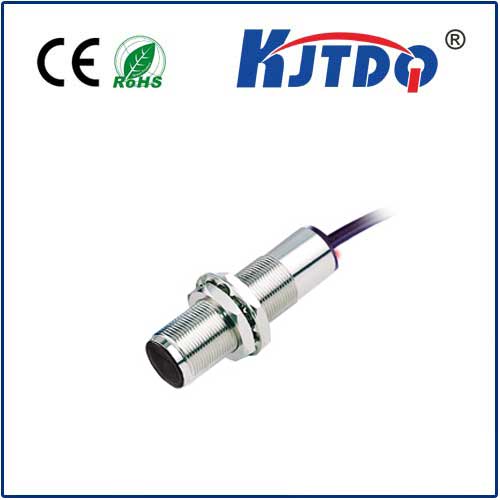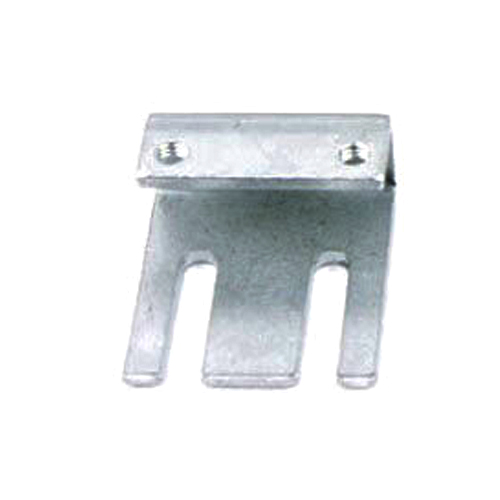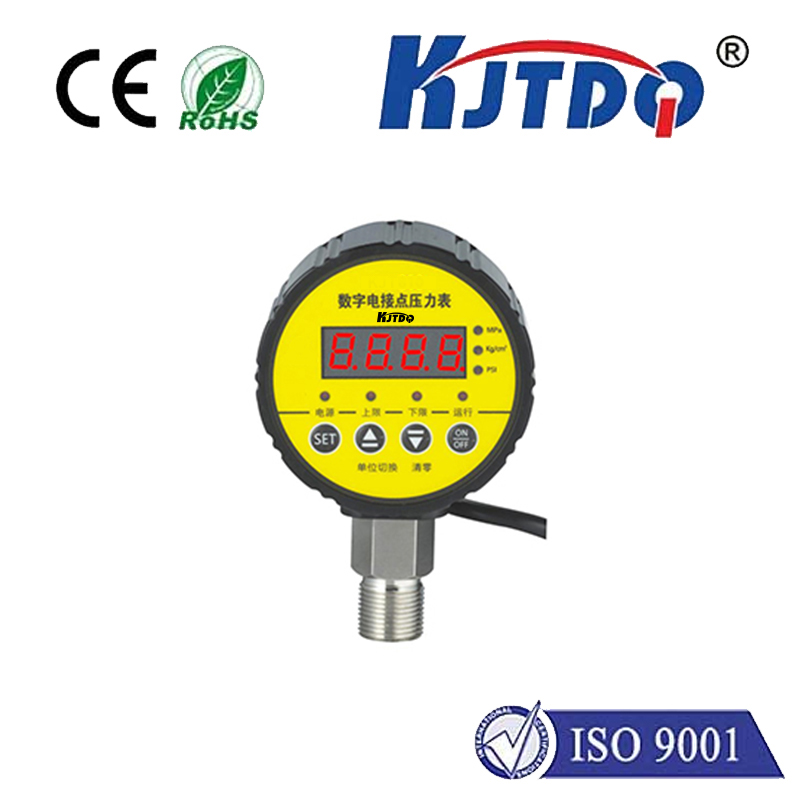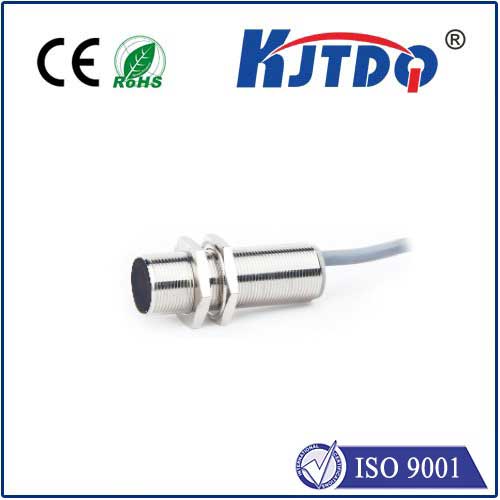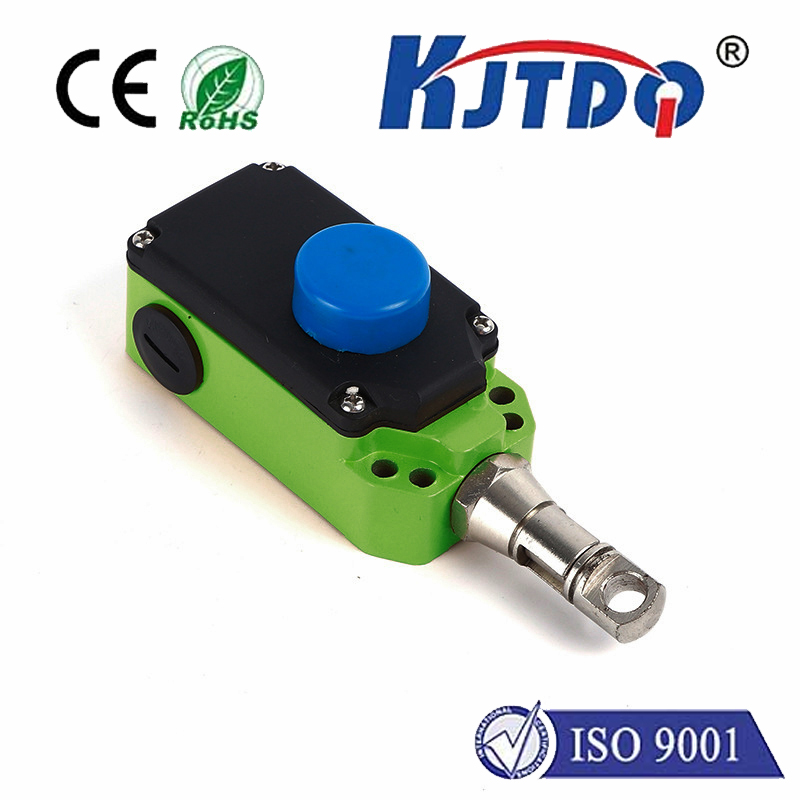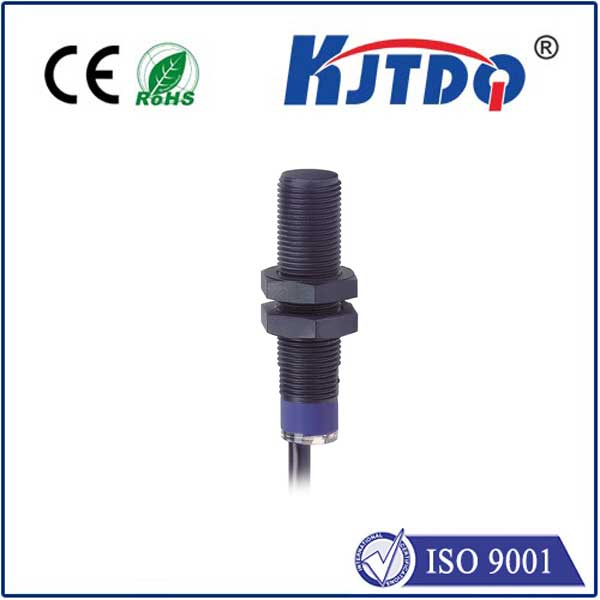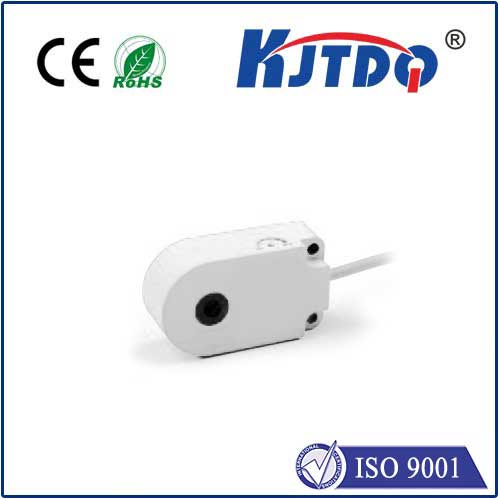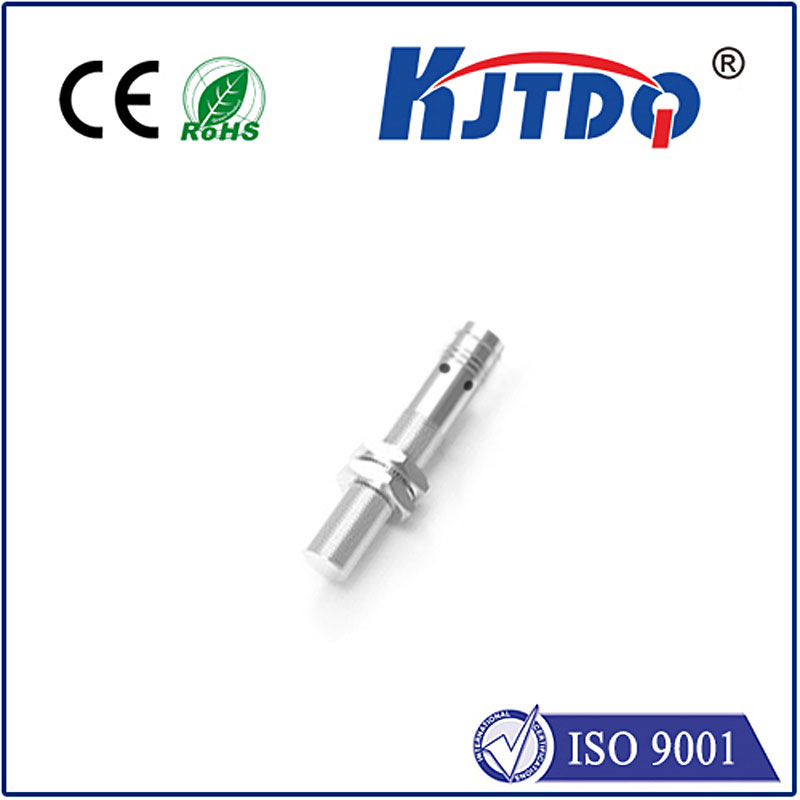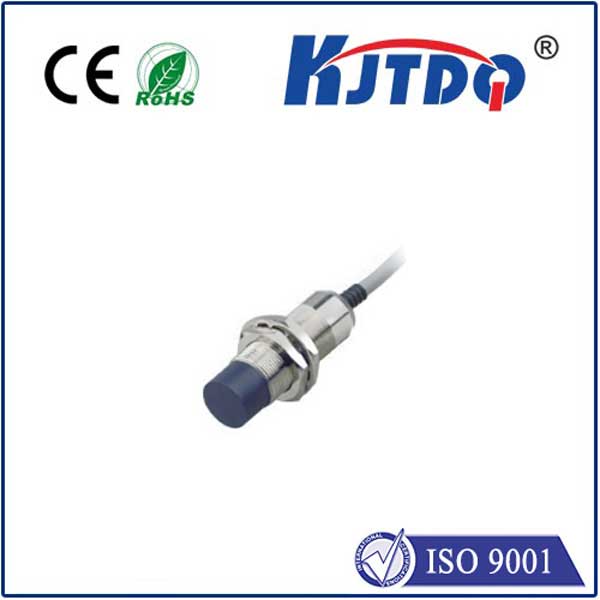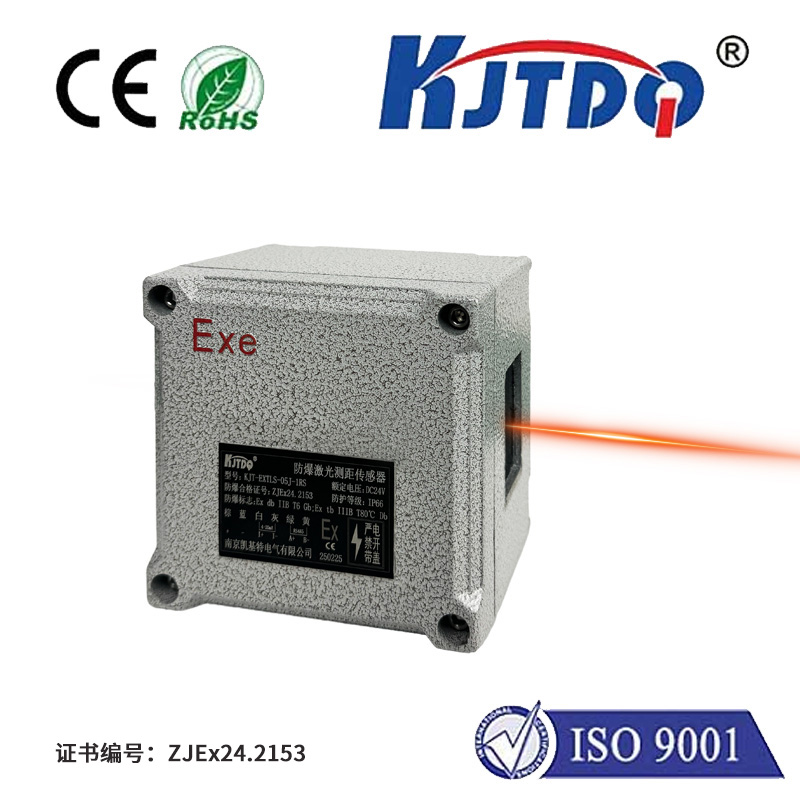laser heat sensor
- time:2025-08-29 01:51:21
- Click:0
Laser Heat Sensors: Mastering Temperature from a Distance
Imagine measuring the temperature of a jet engine turbine blade while it’s spinning, gauging the heat generated by a microchip without touching it, or scanning a factory floor for electrical hotspots from across the room. This isn’t science fiction; it’s the everyday reality enabled by laser heat sensors, also widely known as infrared (IR) thermometers or pyrometers. These sophisticated instruments have revolutionized temperature measurement by offering non-contact, rapid, and highly accurate readings across countless industries. This article delves into the fascinating world of laser heat sensors, exploring how they work, their crucial applications, advantages, and key considerations for optimal use.
The Science Behind the Sight: How Laser Heat Sensors Operate
At their core, laser heat sensors operate on a fundamental principle of physics: all objects above absolute zero emit infrared radiation. The intensity and wavelength distribution of this radiation are directly related to the object’s surface temperature. This relationship is governed by the Stefan-Boltzmann Law and Planck’s Law of Radiation.
Here’s the process:
- Infrared Detection: The sensor’s optics (lenses) collect the infrared energy radiating from the target object.
- Focusing and Filtering: This collected energy is focused onto a specialized infrared detector. Optical filters may be used to isolate specific wavelengths relevant to the intended temperature range or material type.
- Electrical Conversion: The detector converts the invisible infrared radiation into an electrical signal. Common detector types include thermopiles, photodiodes (like InGaAs for higher temperatures), and microbolometers (often used in thermal imagers).
- Signal Processing & Calculation: The sensor’s built-in electronics process this electrical signal. Using complex algorithms that factor in the object’s emissivity (a measure of how efficiently a surface emits IR radiation compared to a perfect “blackbody”), the sensor calculates the surface temperature.
- Laser Sighting: The visible laser pointer commonly associated with these devices serves only as an aiming aid. It shows the user the center of the measurement spot (or spots, for area averaging) on the target. It is not involved in the actual temperature measurement itself. This distinction is critical for understanding these devices.
Why Go Non-Contact? The Compelling Advantages

The non-contact nature of laser heat sensors unlocks a plethora of benefits that make them indispensable tools:
- Measure Moving Objects: Track temperatures on fast-moving conveyor belts, rotating machinery, or vibrating components without obstruction or risk.
- Access Difficult or Hazardous Areas: Safely measure extremely hot surfaces (e.g., molten metal, furnaces), electrically live components (avoiding shock risk), toxic environments, or hard-to-reach locations.
- Prevent Contamination or Damage: Ideal for sterile environments (pharmaceuticals, food processing) or delicate surfaces (electronics, thin films, historical artifacts) where contact could cause damage or contamination.
- Extremely Fast Response Times: Capture rapid temperature changes or fleeting events that contact sensors simply cannot track quickly enough. Readings are often obtained in milliseconds.
- No Interference: Since nothing touches the object, there is no heat transfer away from the measurement point, ensuring the reading reflects the true surface temperature without cooling effects.
- Surface Measurement: Precisely targets the surface temperature, which is often the critical parameter in processes like heat treating, drying, or electronics cooling.
Where Laser Heat Sensors Shine: Diverse Applications
The versatility of infrared thermometers makes them ubiquitous:
- Predictive Maintenance: Identifying overheating bearings, motors, electrical connections (switchgear, transformers, panels), and steam lines before failure occurs, saving downtime and costs.
- Industrial Process Control: Monitoring and controlling temperatures in metal processing (casting, rolling, forging), glass manufacturing, plastic molding, food processing (ovens, fryers), and chemical reactions.
- Automotive: Diagnosing engine performance (exhaust manifolds, catalytic converters), brake systems, and HVAC performance; used extensively in R&D.
- Building Diagnostics: Locating energy leaks (insulation gaps), moisture intrusion (revealed by temperature differences), and HVAC system performance issues.
- Electronics Design & Testing: Measuring component temperatures (PCBs, microchips, power supplies) during design validation, troubleshooting, and ensuring thermal management solutions work effectively.
- Research & Development: Crucial in laboratories for materials testing, monitoring experiments, and thermal analysis across scientific disciplines.
- Healthcare (Specific Applications): Used in specialized areas like tympanic (ear) thermometers (though different spot sizes) or surface skin temperature scanning (requires careful calibration and understanding).
Critical Factors for Accuracy: Beyond Point and Shoot
While incredibly useful, achieving accurate readings with a laser thermometer requires understanding key parameters:
- Emissivity (& Reflectivity): This is paramount. Emissivity (typically a value between 0.1 and 0.95) varies significantly between materials (shiny metal vs. matte paint). Incorrect emissivity setting is the leading cause of measurement errors. Many sensors offer adjustable emissivity settings. Highly reflective surfaces can also cause errors by reflecting ambient IR sources. Using specialized low-reflectivity tapes or paints can help.
- Field of View (FOV) / Spot Size: The laser shows the center, but the instrument measures IR energy from a specific area (spot size). The spot size increases with distance (following optical distance-to-spot ratio, D:S). The target object must be larger than the instrument’s spot size at the measurement distance. Failing this results in averaging the target’s temperature with the background, yielding inaccurate readings.
- Atmospheric Interference: Fog, dust, smoke, or intense steam can scatter or absorb IR radiation, affecting readings. While many industrial sensors compensate for typical clear air attenuation, extreme conditions still pose challenges.
- Optics Cleanliness: Dust, dirt, or fingerprints on the sensor’s lens will degrade performance and accuracy. Regular cleaning is essential.
- Environmental Temperature: Extreme ambient temperatures can affect the sensor’s internal electronics. Many devices specify operating temperature ranges and may include compensation.
Laser Heat Sensors vs. Thermal Cameras: Choosing the Right Tool
While both detect infrared radiation, laser heat sensors (spot pyrometers) and thermal imaging cameras serve different purposes:
- Spot Pyrometer (Laser Heat Sensor): Provides a single point or small area average temperature reading. Excellent for precise measurement of specific, known targets. Generally more affordable for point measurement needs. Key tool for non-contact spot temperature checks.
- Thermal Camera: Produces a two-dimensional thermal image (thermogram) showing temperature variations across a scene. Ideal for scanning large areas, identifying unknown hotspots, visualizing thermal patterns, and diagnosing problems (like failing insulation or hidden leaks). Essentially, a thermal camera consists of thousands of individual IR sensors arranged in an array.
Often, they are used complementarily: a thermal camera scans an area to find a hotspot, and a spot pyrometer is then used to get the precise temperature reading of that specific spot.
**The Future is Bright (and






